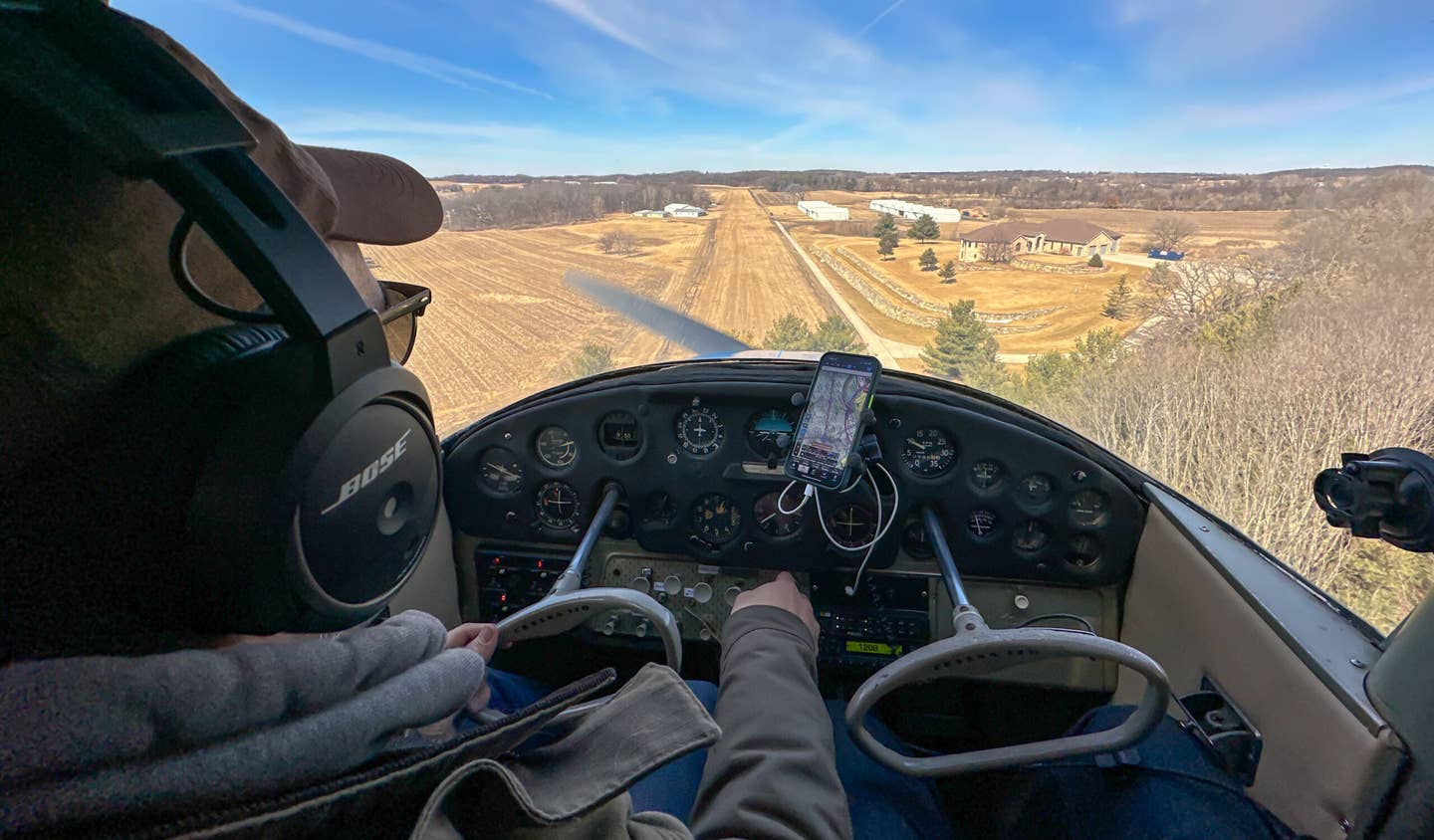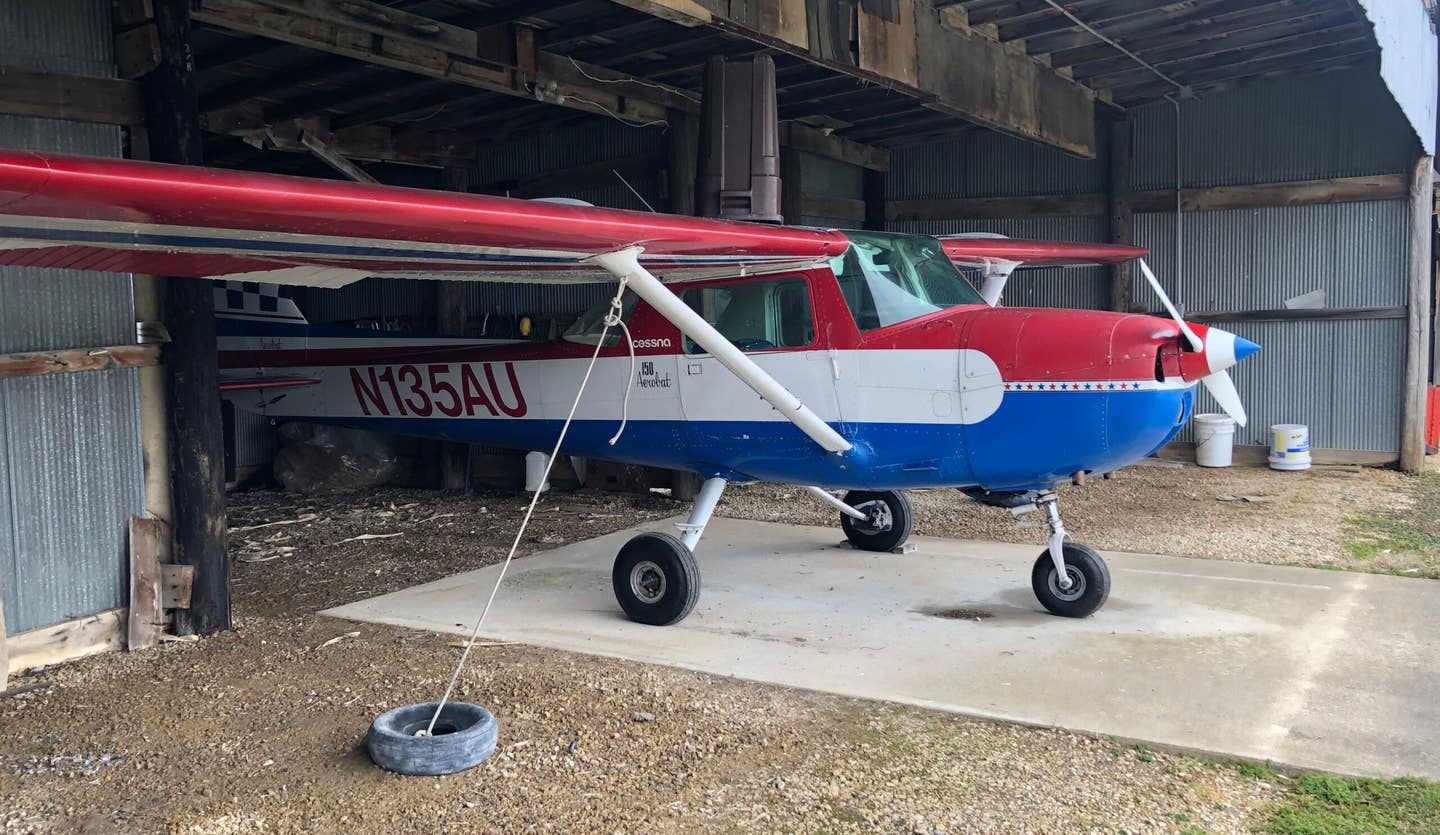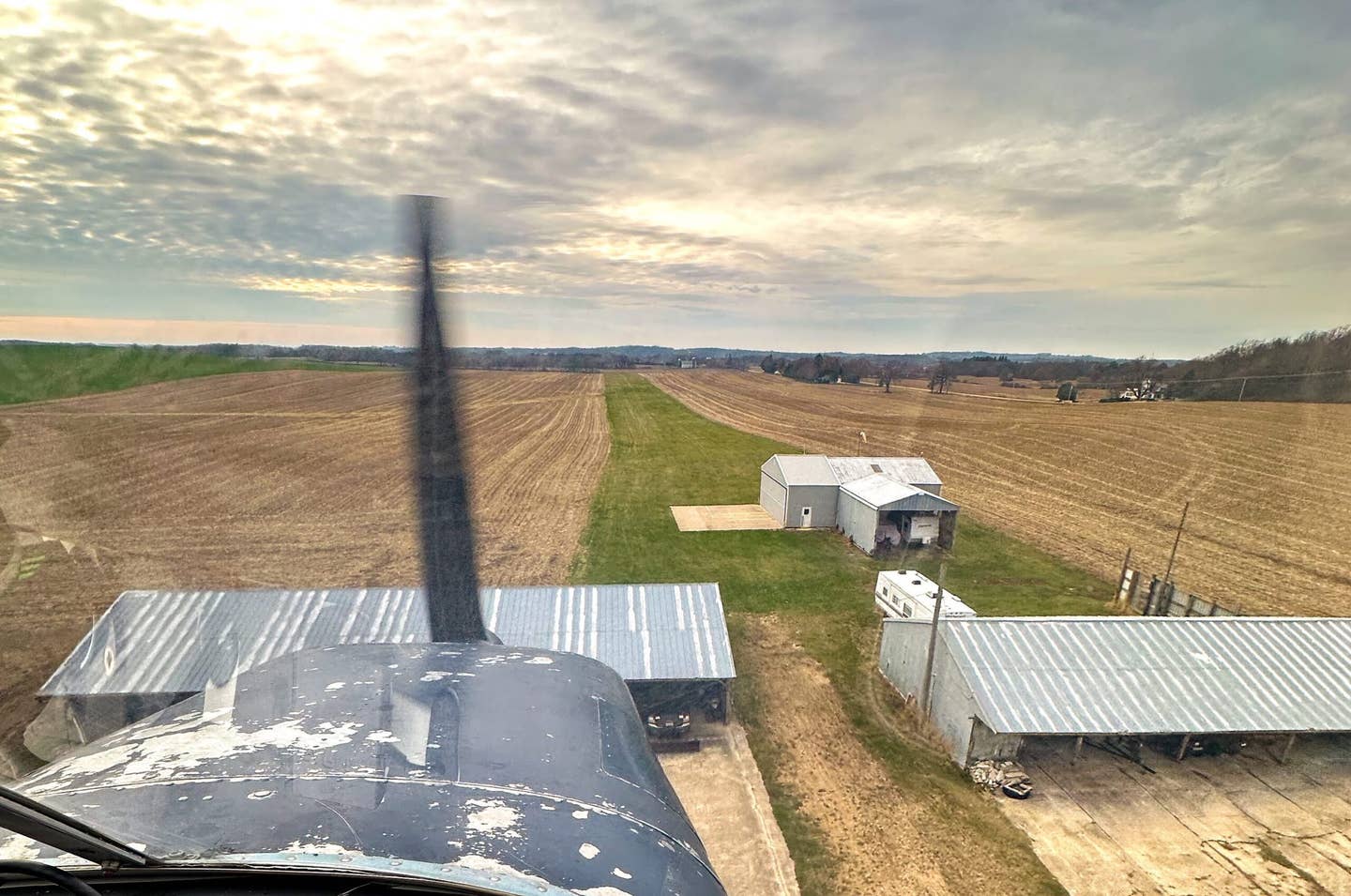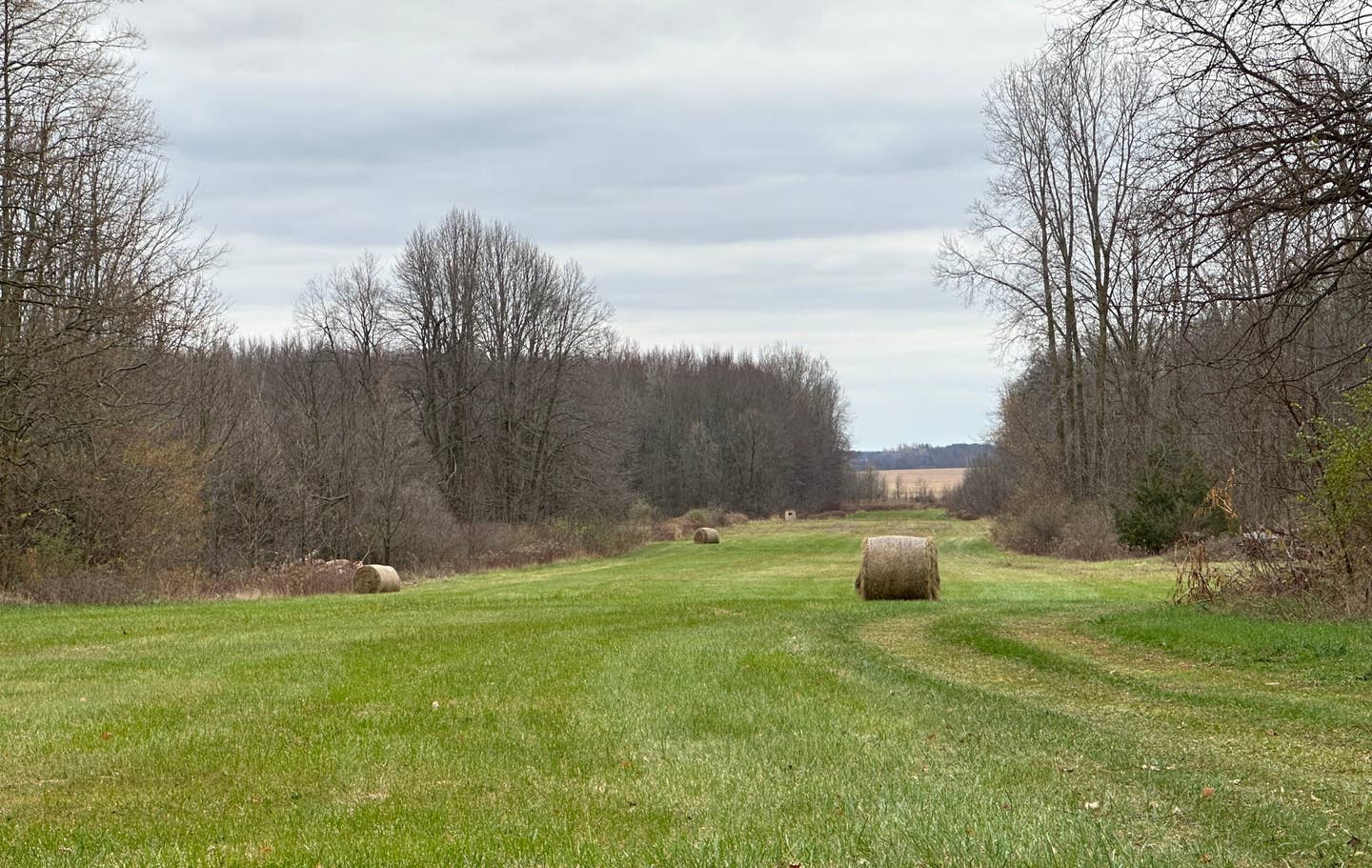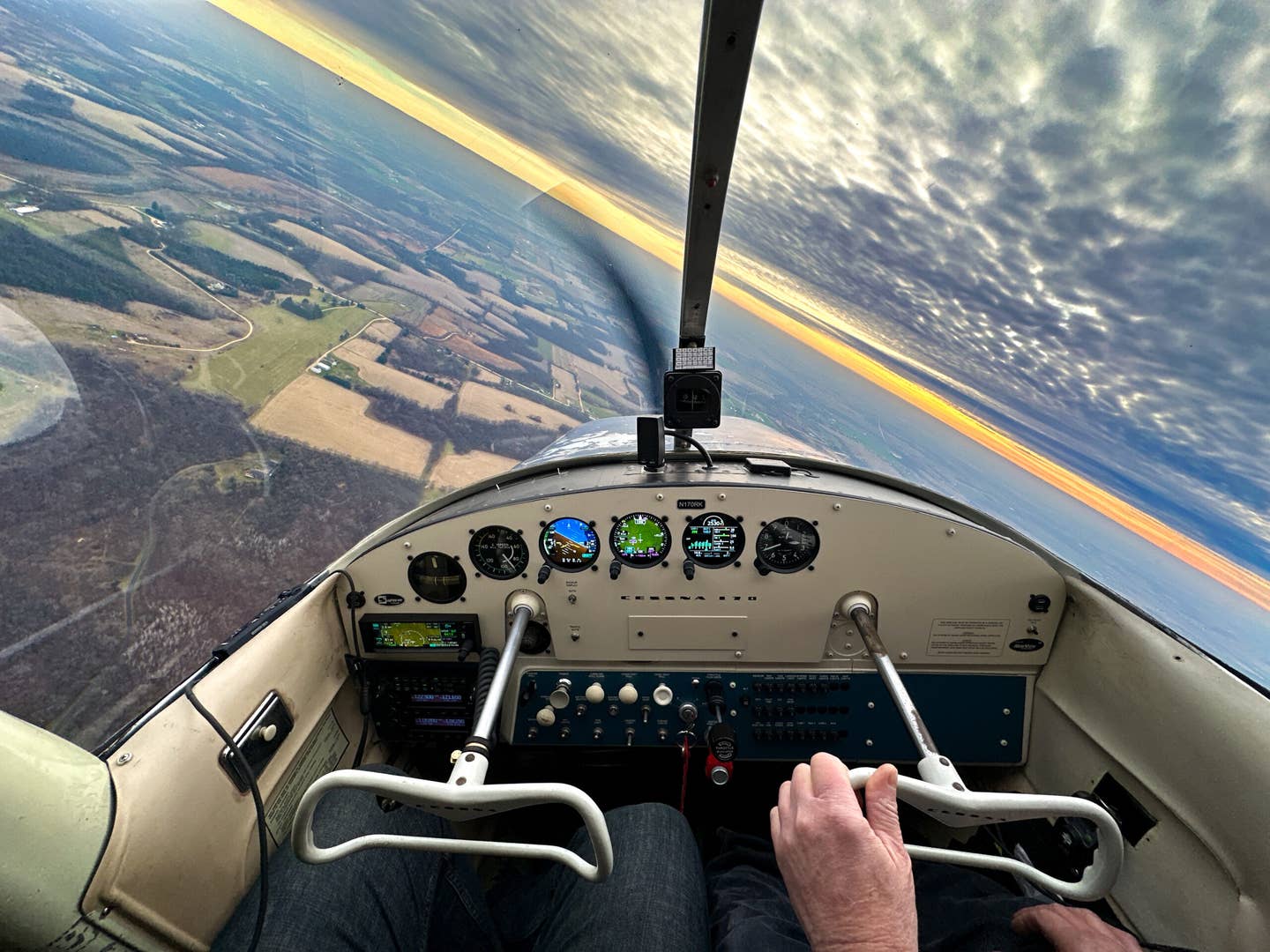Is It Better to Buy Your Last Airplane First?
There’s a lot to debate when it comes to buying an airplane for the first time.
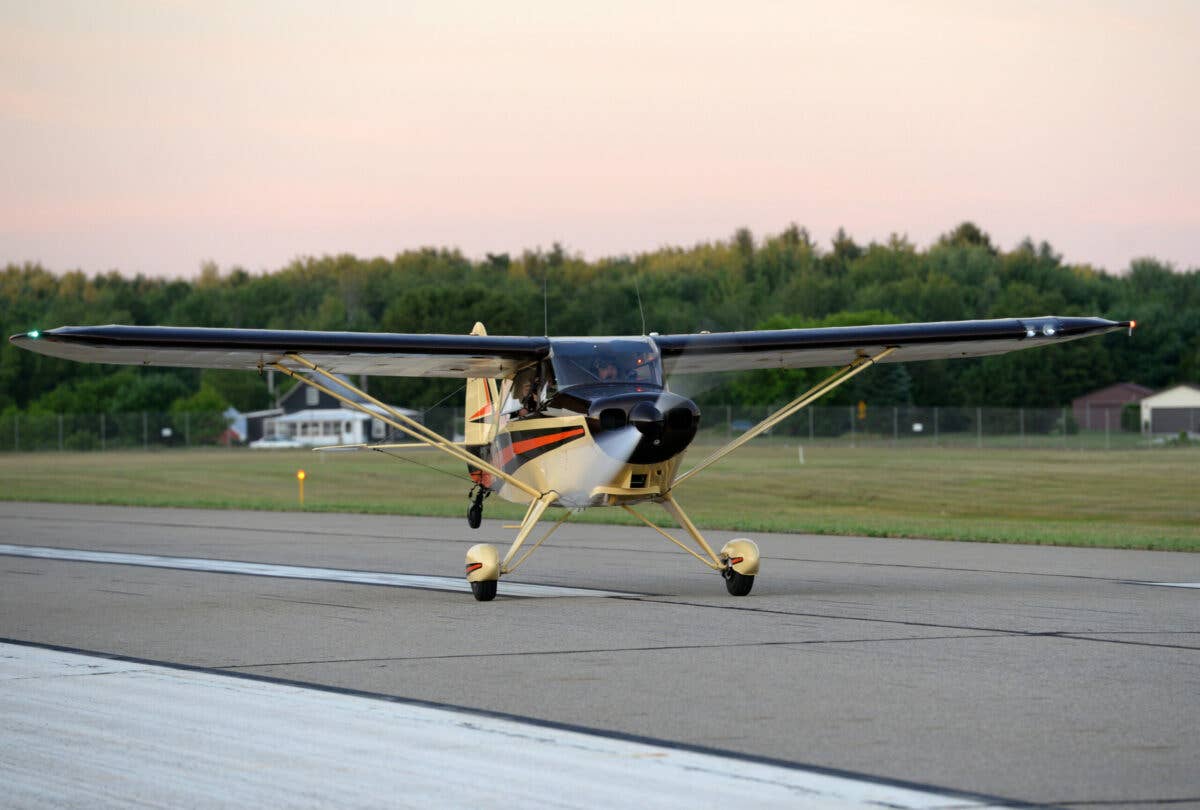
For those fortunate enough to have their sights set on fun local flying alone or with one passenger, an entry-level type might be the perfect long-term solution. But for those with visions of long-distance travel or specialized flying, a careful approach to ownership becomes necessary. [Photo: Jason McDowell]
Back when I was going to school and working on my private certificate and instrument raiting, I worked at bike shops to earn money. It was a rewarding job. I got to introduce people to cycling, help them to determine which niche best suited them, educate them on it, and then catch up with them when they returned for accessories or service.
One of the most difficult decisions for the vast majority of newcomers was determining whether to test the waters or take the plunge. In other words, whether to buy a less expensive “beginner's” bike to evaluate the sport and see if they fall in love with it or skip a step and buy the more capable setup and more permanent solution right off the bat.
Fast forward a couple of decades, and readers regularly ask me for the same advice regarding airplanes. Commonly, prospective buyers initially debate whether to start out with something less expensive and less capable or make a more significant investment, possibly taking a couple of years to save additional money, and buy a type they anticipate will fit their needs perfectly and for the long term. It’s rarely a cut-and-dried solution.
- READ MORE: Love the One You’re With
Having bought my airplane only two short years ago, I can identify with the concerns these owners-to-be describe. Starting out, many of us struggle to accurately define our mission since we’ve never really had one. As renters, one of the primary missions on most flights is to return the airplane in time so the next renter can use it. Thoroughly evaluating things like long-distance travel, long-term ownership, and off-airport capability was often not practicable or even permitted, given the scheduling and insurance restrictions inherent in rental fleets.
As first-time owners, we want something easy to own. One with few pitfalls that could unexpectedly bankrupt us or ground the airplane. But at the same time, we don’t want a “disposable” airplane that we’ll be trying to sell in the first few years to fund the purchase of a more capable machine.
So, which option is the best way to go? Testing the waters or diving in headfirst? Let’s explore each option.
Testing The Waters Of Ownership With A Simple, Inexpensive Airplane
Initially, it might seem as though the basic, bare-bones two-seat option would be an inherently better value. But it’s a double-edged sword. On one hand, most “beginner” airplanes like Aeroncas, Ercoupes, and the like are indeed less expensive to purchase. It’s not uncommon (though admittedly becoming less common) to find examples in the mid $20,000 range.
But a low purchase price doesn’t necessarily make an airplane a good value. If an owner begins to outgrow such an airplane after only a year or two of ownership, discovering that it comes up short in metrics like range, payload, and speed, the long, often arduous process of listing, selling, shopping, and buying again requires a tremendous amount of time and effort. This should not be overlooked or brushed aside. A year or two slogging through this process is a year or two not flying or enjoying airplane ownership.
On the other hand, provided they maintain the airplane in as good or better condition as when they purchased it, the owner is effectively parking their money and can count on recouping it when they sell. Because airplanes tend to maintain their value or appreciate over time, a short ownership stint with proper care and maintenance should, in theory, present little financial risk. Sure, they’ll never recoup the money spent on fuel, insurance, and hangar rent, but the purchase price of the airplane is a different story.
Because most of us approach ownership with some experience as renters, however, few go into it blind. We generally have an idea of what we like and don’t like in an airplane. Additionally, we can join others for rides and obtain instruction in new and unfamiliar types to broaden our horizons. In the grand financial scheme of ownership, it would be inconsequential to travel across the country for a weekend and take an interesting model up with an instructor for an evaluation flight.
Chances are, a pilot with some experience like this can make a pretty accurate prediction of what they will and won’t enjoy in an owned airplane. For pilots with this context and understanding, it’s likely a “beginner” airplane will ultimately serve as an unnecessary stepping stone to what they ultimately want.
Diving In Headfirst And Buying Your Last Airplane First
Provided the financial aspect of a step up to a more capable type can be managed, there seem to be few instances of pilots buying “too much” airplane and later regretting their decision. Whether they splurged on something with a fast cruise speed, additional passenger seats, or off-airport capability, most owners seem to appreciate having capability even if they don’t use it all the time. While it’s wise to buy a type that fits 90 percent of your mission and rent for the remaining 10 percent, there’s also something to be said for owning and enjoying an airplane simply for what it is.
There’s also the peace of mind that comes from knowing there’s room to grow into an airplane when it comes to capability. I’m a textbook example of this. My Cessna 170 is outfitted with 29-inch Alaskan Bushwheels, massive handmade tires designed to conquer cantaloupe-sized rocks in the tundra. I also have a brand-new McCauley seaplane prop for additional thrust on takeoff. But despite the backcountry mods, my typical missions involve grass strips in the Wisconsin countryside, easily accessible in a Cessna 140 or 150.
So, while I may indeed define the term “poseur,” I legitimately intend to expand my limits as my experience and skill allow. I treat virtually every flight as a training session, learning my airplane inside and out while carefully pushing my limits in an effort to someday tackle more challenging destinations. In the meantime, I’m really enjoying the process, and there’s little chance I’ll become bored with my airplane anytime soon.
Perhaps the most significant challenge with tackling a more capable type is the steeper learning curve inherent in learning and mastering it. While this is a legitimate concern, it’s one that, in most cases, can be adequately addressed with good, high-quality training. One must simply get involved with the type group, do some networking, and locate an experienced instructor to provide the transition training.
Usually, after exploring all of these issues, a buyer is left with sufficient motivation to skip the “beginner” step and buy their last airplane first. Budget tends to be the last remaining roadblock to this plan. If the buyer is fortunate enough to have a trusted friend or colleague with similar taste, a partnership might be the way to go. A well-structured partnership will provide all the benefits of owning the perfect airplane at half the price and few scheduling conflicts—and the airplane will be flown more regularly, to boot.
In Summary
The question of whether to start with an entry-level airplane is one that will be debated endlessly. Buyers who only ever dream of bouncing around the patterns at nearby rural strips are fortunate that, for them, an “entry-level” airplane happens to be the perfect long-term solution. But for the rest of us, our long-term goals tend to exceed the capabilities of the most basic aircraft.
Back in my bike shop days, I had a favorite piece of advice I would offer to new buyers who were wrestling with these issues. I observed that the benefits of a particular machine don’t have to be quantifiable on a spreadsheet, nor are they required to be perfectly logical to be legitimate and real. If there’s some undefinable element that boosts enthusiasm and motivates the owner to get out and enjoy the hobby more often, then it should be pursued and not ignored.
And so, once again, the parallels between the bicycle and the airplane remain strong. I suppose Orville and Wilbur would be proud.

Sign-up for newsletters & special offers!
Get the latest FLYING stories & special offers delivered directly to your inbox

